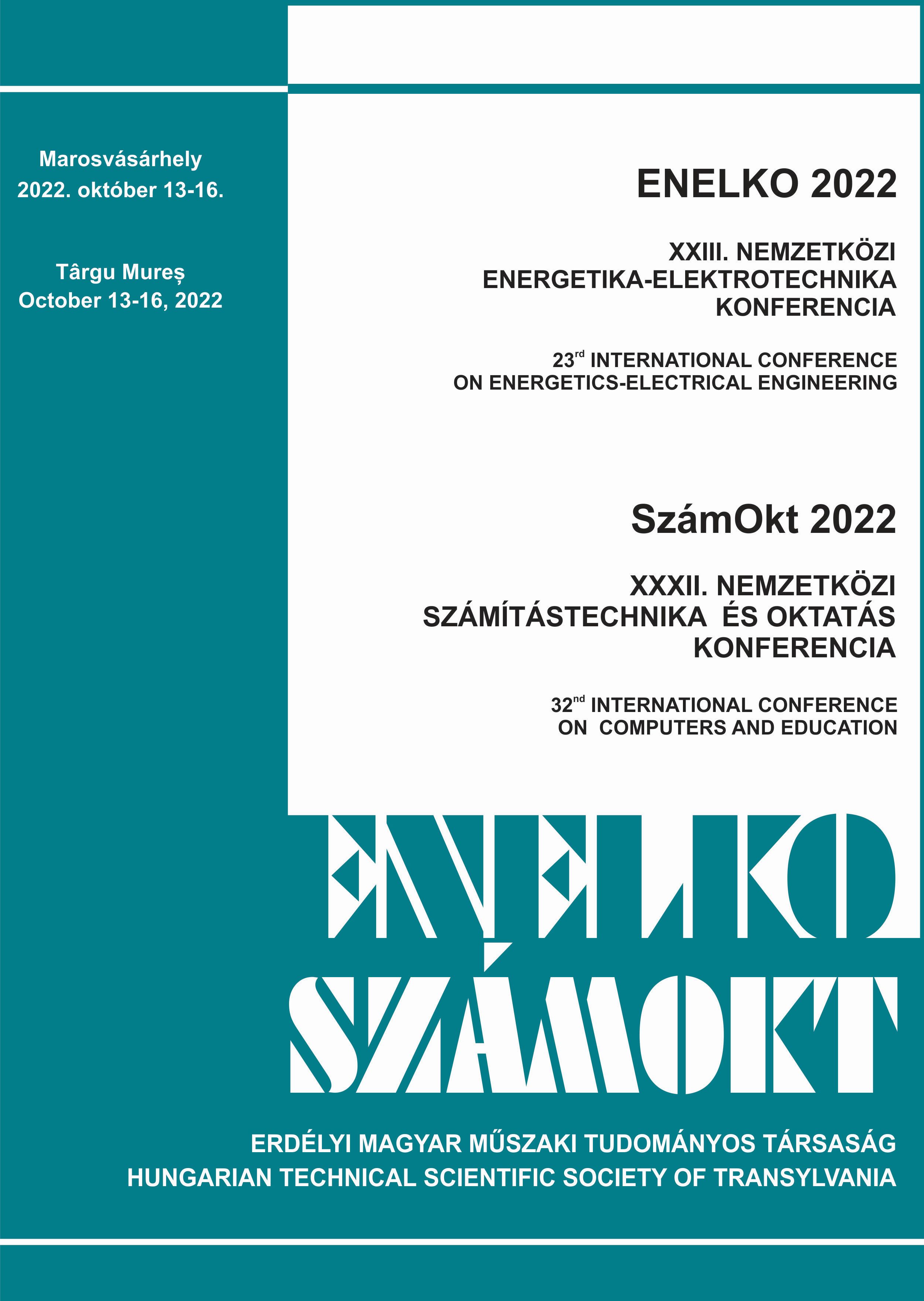A mesterséges intelligencia alkalmazása görög irodalmi szövegek elemzésére
The application of artificial intelligence for the analysis of Greek literary texts
Keywords:
deep learning, old Greek literary texts, text classification, Recurrent Neural Network (RNN), Long-Short Term Memory, mély tanulás, ókori görög irodalmi szövegek, szövegosztályozás, Visszacsatolásos Neurális Hálózat (RNN), Long-Short Term Memory hálózatAbstract
In our paper we have elaborated a classification model in which several hundred different old Greek subtexts were used for supervised learning with the purpose of subtext class recognition. We could determine a triplet of a, b, c values for describing a power function which fits precisely to a curve determined by the word frequencies in the selected texts. Concerning 200 subtexts the triplet of a, b, c values, the classes of the subtexts and their 16 dimensional feature vectors were learnt for the Recurrent Neural Network (RNN). We concluded that the Long-Short Term Memory RNN predicted efficiently which class a chosen subtext could be categorized into.
Kivonat
Dolgozatunkban egy olyan osztályozási modellt fejlesztettünk ki, amiben több száz különböző ókori görög szövegentitást használtunk ellenőrzött tanulásra abból a célból, hogy az felismerje a szövegentitások osztályát. Meghatároztuk az (a, b, c) hármas értékeit egy olyan hatványfüggvény leírására, amely pontosan illeszkedik a kiválasztott szövegekben lévő szavak relatív gyakorisága által megadott görbére. A 200 darab szövegentitással kapcsolatban az (a, b, c) hármas értékeinek becsléséhez a szövegentitások osztály azonosítóját és a 16 dimenziós tulajdonság („feature”) vektorokat használtuk fel a Visszacsatolásos Neurális Hálózat (RNN – Recurrent Neural Network) betanításához. Arra a következtetésre jutottunk, hogy az LSTM (Long-Short Term Memory) RNN hálózat hatékonyan előrejelezte számunkra, hogy a kiválasztott szövegentitás melyik osztályba sorolható.
References
Baranyi P., Csapó Á. Definiton and synergies of Cognitive InfoCommunications. Acta Polytechnica Hungarica, 2012, 9(1), 67–83.
Baranyi P., Csapó Á., Sallai Gy. Cognitive Infocommunication (CogInfoCom), Springer International, Heidelberg [etc.], cop. 2015.
Boda I., Bényei M., Tóth E. New dimensions of an ancient Library: the Library of Alexandria. In: CogInfoCom 2013. Proc. of the 4th IEEE International Conference on Cognitive Infocommunications, (Budapest, Hungary, December 2-5, 2013,) 537–542.
MaxWhere VR Even More: https://www.maxwhere.com/ (Utolsó letöltés: 2022. 09.10).
Boda I. K, Tóth E, T. Nagy L.: Improving a bilingual learning material in the three-dimensional space using Google Translate. In: CogInfoCom 2022. Proc. of the 13th IEEE International Conference on Cognitive Infocommunications, (Online on 3D MaxWhere, September 21-23, 2022,) 6 p. (accepted for presentation)
Kaggle Database: 1/3 Million Most Frequent English Words on the Web: https://www.kaggle.com/rtatman/english-word-frequency (Utolsó letöltés: 2022.09.13)
Gál, Z., Tóth, E.: Deep learning-based analysis of ancient Greek literary texts: A statistical model based on word frequency for the classification of texts. In: 12th IEEE International Conference on Cognitive Infocommunications: CogInfoCom 2021: Proceedings. Ed.: Jan Nikodem, Ryszard Klempous, IEEE-INST Electrical Electronics Engineers INC, Piscataway, 529-535, 2021. ISBN: 9781665424950





